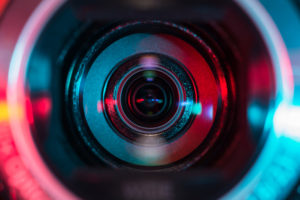In this month’s round-up of top event tech news, we look at Airbnb’s new accommodation tool for event planners, as well as the UK launch of the world’s first real-time venue booking portal. With GDPR in place, we also bring you some expert advice on understanding the kind of new obligations the legislation will create for the events industry – especially when it comes to vetting technology suppliers. Finally, we look at the latest engagement tools from Facebook and Instagram – as well as a new form of audio tone technology that provides a much simpler (and cheaper) alternative to on-site notifications compared to traditional tools like NFC, Bluetooth and iBeacons.
Have a look at the top event tech stories you don’t want to miss:
MeetingsNet: Airbnb Launches Interactive Tool for Event Planners
Airbnb, the online marketplace for short-term lodgings, recently announced a new tool for event planners to offer attendees accommodation in homes brokered by Airbnb. The new offering, called Airbnb for Events, is an interactive map of lodgings available near the site of an event that planners can use to either book directly or embed on registration sites.
It makes sense for Airbnb to be courting event planners and attendees this way – however, it isn’t clear yet whether the new tool will help or hinder conference accommodation plans. In cities with tight accommodation markets, it could certainly help boost attendance. If Airbnb is willing to share reservation data with planners, it could also help determine how many attendees are opting out of the room block and why. On the other hand, Airbnb accommodations don’t typically come with guarantees of standards. So, if it’s something you’re considering for one of your events, the article suggests consulting a legal authority first to check whether or not your organisation would be legally liable if an attendee made a booking through your event registration site but consequently had a bad experience. Read more.
BizBash: How Audio Tones are Changing Event Communications
In the past few years, new technology solutions such as NFC, iBeacons and Bluetooth have become a lot more common in the events industry – offering a variety of ways to send notifications and offers directly into the hands of attendees. Now another option is gaining traction – Lisnr’s ‘Smart Tones’. The technology which transmits information between devices using sound as a conduit has been successfully used at some major events over the past year, including Budweiser’s Made in America festival, the Grammy awards, and Cleveland Cavaliers home games.
Lisnr’s Smart Tones can be added to existing media—for example music playing during an opening ceremony—or transmitted on their own. It doesn’t require any hardware such as transmitters, wristbands, or scanners as the tones can be played over speaker used at the event. It also means organisers can push content to attendees without having their Bluetooth or location services on – they won’t even need an Internet connection or a mobile service, which is great because we all know how connectivity is a big problem in large audience environments like trade shows and live events. Some of the content examples mentioned in the article include notifications about exhibitor discounts or restrooms with shorter lines, or an exclusive download from an artist or speaker. Read more
EIN: World’s First Real-Time Event Venue Booking Portal Arrives in UK
iVvy, the world’s first real-time booking engine for the events industry will be launching in the UK this month. The platform allows venues to publish live-availability and pricing for their meetings and event spaces, while giving them the tools to market and manage their own function spaces. For event planners, it is a venue-finding portal that makes it easier for them to search, book and pay for their event space online instantaneously. It offers them a direct connection to venues showing real-time pricing and live availability for function spaces, catering and group accommodation. Read more.
Successful Meetings: 6 Things Meeting Professionals Need to know About GDPR
The General Data Protection Regulation (GDPR) came into effect on May 25th and is set to impact all events that collect data on EU citizens and residents. This article looks at six key takeaways that will help event planners understand the kind of obligations the new legislation will create – especially when it comes to vetting event technology suppliers. As well as getting their own event operations compliant to the new GDPR requirements, event planners also now have the responsibility of ensuring that all the tech vendors that process data on their behalf (ex. Registration systems, event apps, surveys, networking tools) are also fulfilling their own legal obligations.
The article explains how event planners need to find out from their suppliers where their event data is being hosted and how that data is being transferred in a way that is compliant to the new regulations. They need to find out how the data is being used, who has access to it and where they’re based. For example, if their customer support team is based outside the EU (even if data is hosted within the EU), then they’ll still need to ensure that they’re complying with GDPR standards. Also, in the case of registration systems, event planners need to find out how their provider allows them to obtain and store consent in registration forms, as well as how the system can help them delete any personal data. Having the answers to these questions will protect event organisers from any unpleasant surprises in the future. Read more.
Are your events GDPR compliant? Read the EventTech Talk GDPR Special for expert advice and articles on the new legislation and its impact on event marketing, data management and event technology.
Content Marketing Institute: 7 Instagram Story Ideas to Get More Followers
This is an interesting one if your events have a big Instagram following. In fact, Instagram Stories are on many brands’ radars today and for good reason too – it seems over 300 million people use it every day with one-third of the most viewed Stories coming from businesses. So, if you thought that the social network was something that wouldn’t be so relevant for B2B events – it may be time for a change.
The article highlights some fresh new ideas on how you can use Instagram Stories for your marketing activities and help your events stand out. One example is a Stories takeover – where an influencer of choice takes over the event or brand account for say, a day, to produce exclusive content. Another idea is the use of polls which can be used for audience research and creating better content that resonates with your followers. You can also use mini videos, questionnaire and quiz templates, all of which can really help you stand out from the crowd and engage better with attendees – great platform for giving your followers some cool freebies too. Read more.
TechCrunch: Facebook’s Oculus Venues Brings Virtual Reality to Live Events
Although this may only apply to those running big live events – it does give us a good picture of where virtual reality is going to take us in our industry over the coming few years. This month, Facebook’s Oculus VR division has launched the Oculus Venues social VR app that allows thousands of people to watch live events together in VR. The goal of the app is to make VR more of a social experience, introduce communications and interaction between viewers and essentially, give people an event experience ‘from the best seat in the house’.
The new app was recently demonstrated to a group of journalists to watch a VR screening of a basketball game. Participants had to create Oculus avatars first and were then transported directly into a dedicated VR seating section of a sports arena, with direct view of the action. Once the game had begun, viewers could watch the game surrounded by roughly 30-40 avatars and talk to them via voice chat. As in real life, participants could overhear the conversations of people sitting next to them, but unlike a live event you could switch seats to somewhere else in the venue and adjust the audio of the game. Read more.
Enjoyed reading this article? If you would like to get similar monthly round-ups on all things event tech, along with some expert advice on how to make the most out of your technology investments, then please sign up to our weekly EventTech Talk Newsletter here.


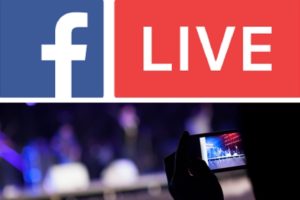




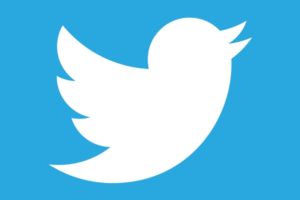

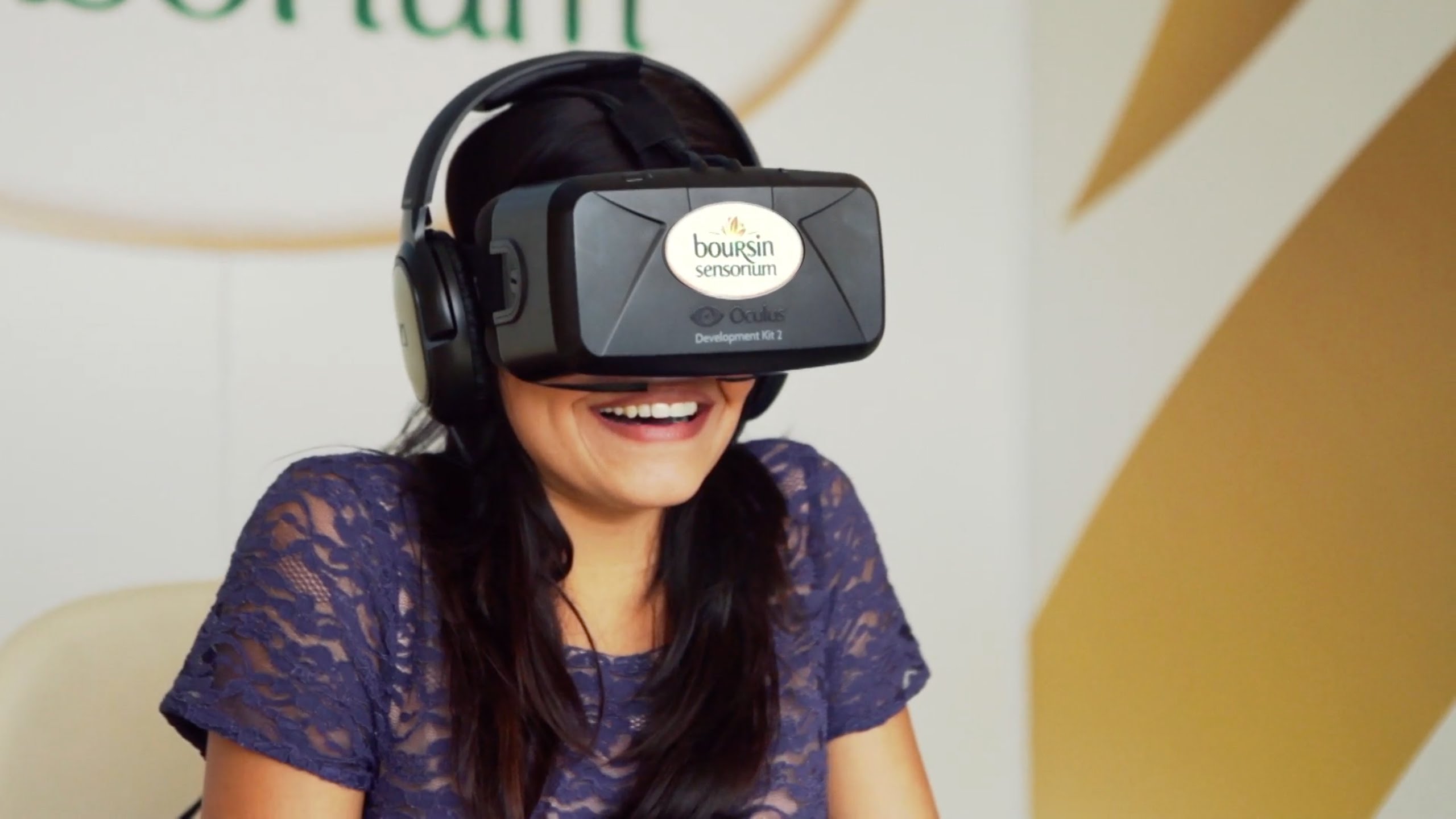
 The annual series of Women into Leadership conferences has established itself as the main go-to event for people interested in seeing more leadership opportunities for women. The 2016 events were held in London, Leeds and Edinburgh, featuring over 50 speakers and more than 1,000 attendees.
The annual series of Women into Leadership conferences has established itself as the main go-to event for people interested in seeing more leadership opportunities for women. The 2016 events were held in London, Leeds and Edinburgh, featuring over 50 speakers and more than 1,000 attendees.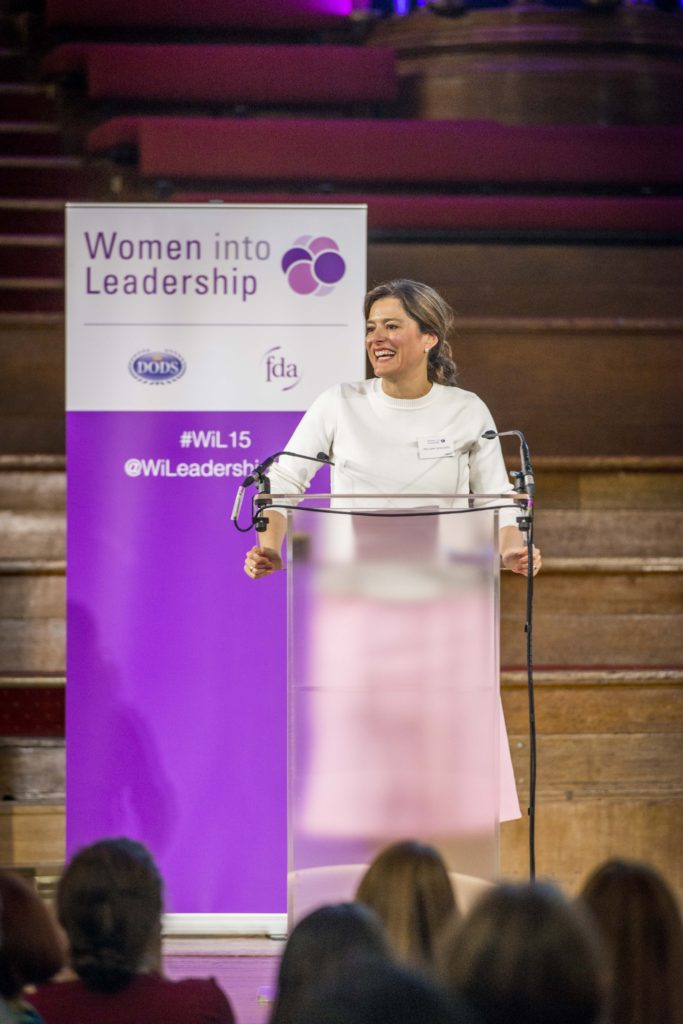 What would you say was the biggest challenge of planning the Women into Leadership events? How do you prepare for a crisis scenario?
What would you say was the biggest challenge of planning the Women into Leadership events? How do you prepare for a crisis scenario? 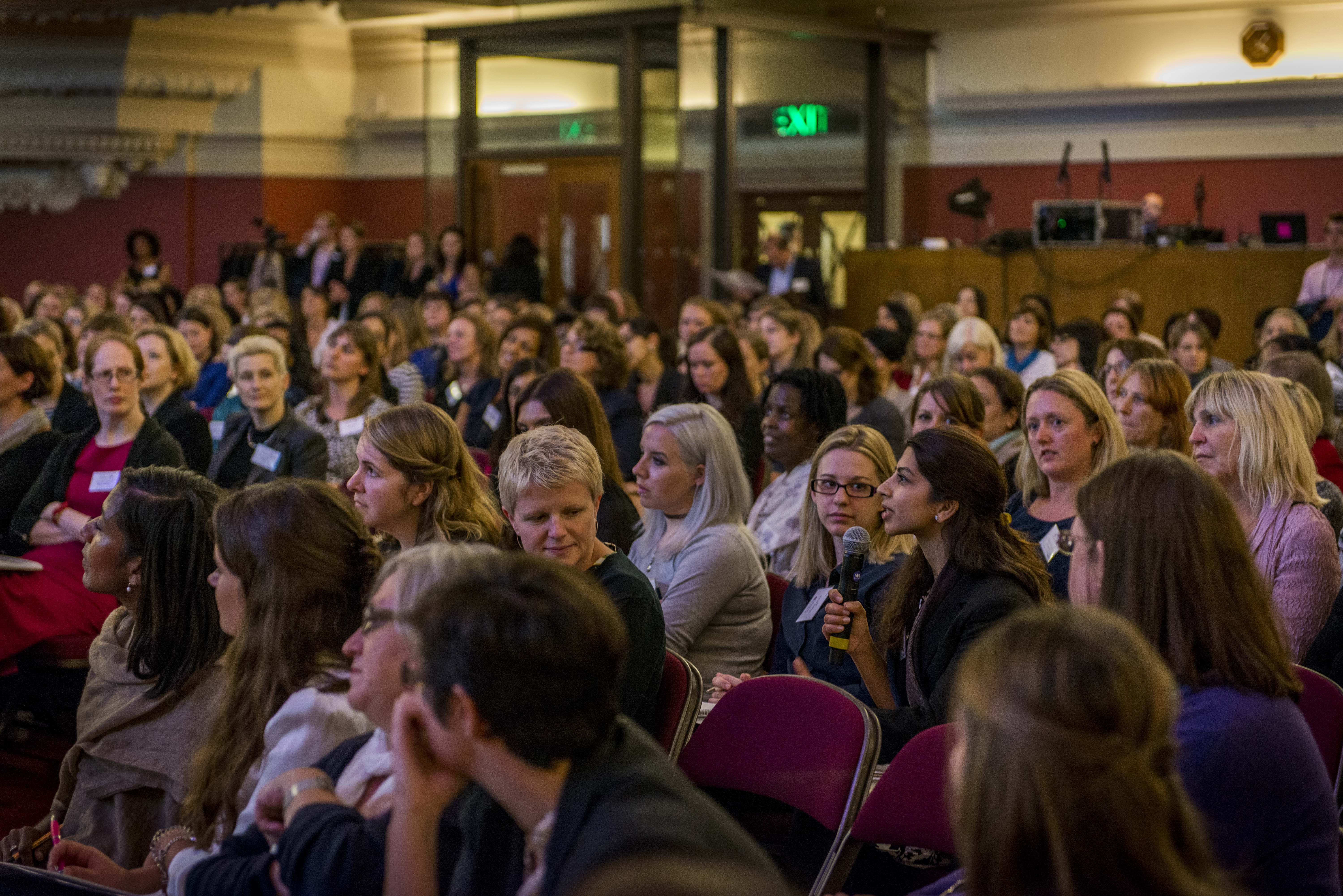 How do you evaluate the success of your events?
How do you evaluate the success of your events? 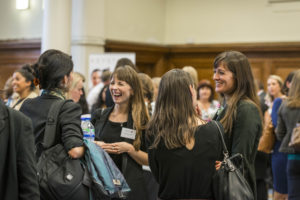 From a Women into Leadership perspective, speaker line-ups are definitely becoming more diverse and event managers are very aware that they are being judged on the diversity of their speakers – it’s very important. Gone are the days when an all-male panel was acceptable – our audience want to hear from a diverse range of people, which reflects the society we live in!
From a Women into Leadership perspective, speaker line-ups are definitely becoming more diverse and event managers are very aware that they are being judged on the diversity of their speakers – it’s very important. Gone are the days when an all-male panel was acceptable – our audience want to hear from a diverse range of people, which reflects the society we live in!
